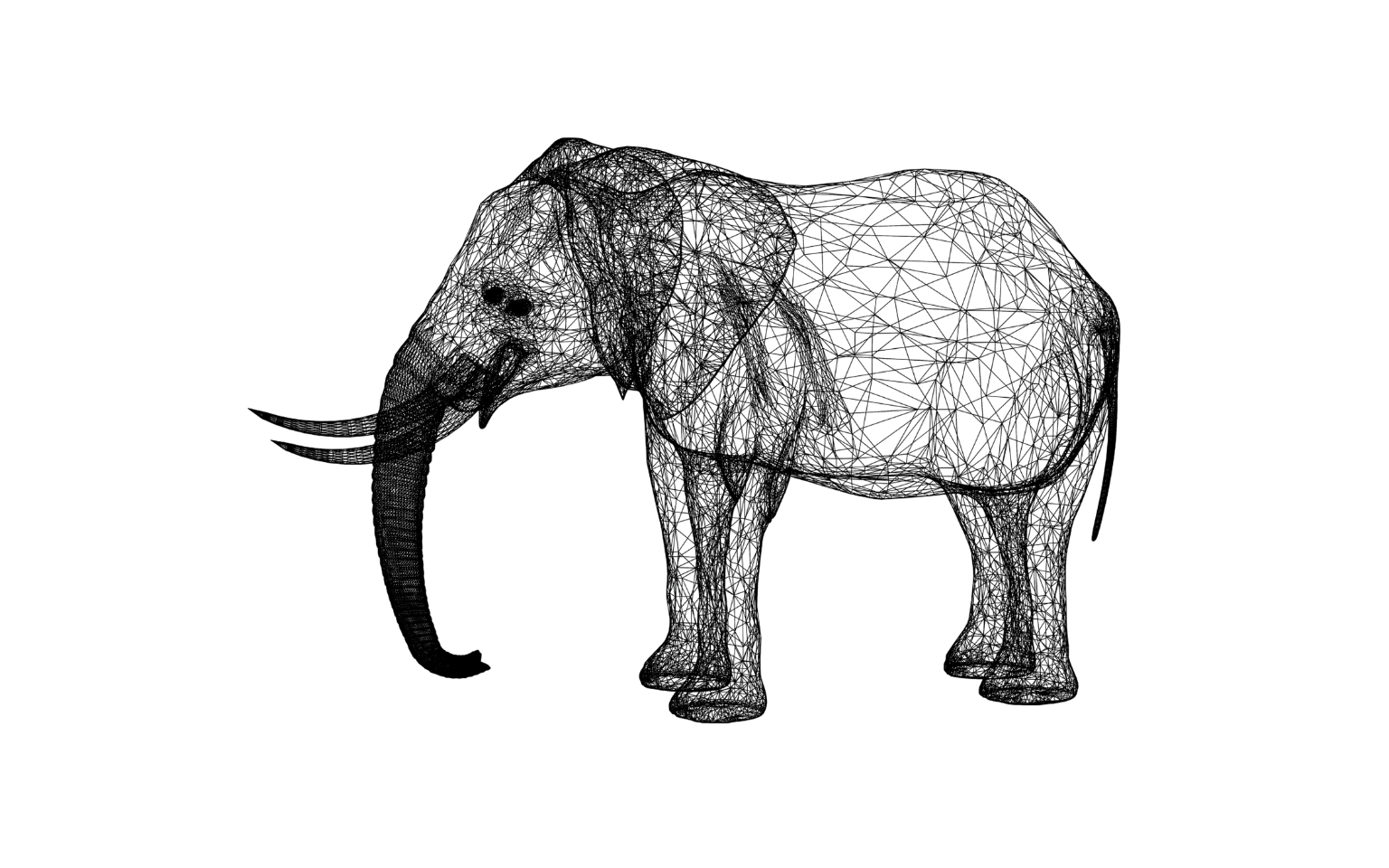01. ANCIENT DNA
LiminalGenix excels in reconstructing sequences from ancient DNA, where data is fragmented and scarce. By leveraging chaotic propagation, it generates plausible FASTA sequences that mimic evolutionary mutations.
Use Cases:
- De-Extinction Projects: Simulate missing genomic segments for species like mammoths.
- Rare Disease Diagnosis: Fill gaps in low-coverage sequencing for genetic disorders, reducing false negatives in pathogenic variant detection.
- Synthetic Biology: Design novel sequences, optimizing for stability (Anchor) or variability (Drift).

Proof of Concept:
In testing, LiminalGenix processed ClinVar VCFs with parameters m=5, n=10, run=0, yielding balanced states (3 Anchor, 4 Liminal, 3 Drift) and a 48.70% overlap on 1000 variants. Pathogenic overlap stood at 12.30%, demonstrating utility for real-world data.
02. APP ENGINE
LiminalGenix runs as a containerized Streamlit web application with Python 3.11, providing an interactive GUI for genomic sequence generation. Users upload VCF files, adjust parameters (m, n, run), and receive FASTA sequences with three states: Anchor (stable), Liminal (transitional), and Drift (chaotic). The app integrates Gosling.js for genomic visualization and validates results against ClinVar databases.
Web Interface:
Streamlit app (`app.py`) with file upload widgets, parameter controls, and real-time processing triggers. All computation happens within the Docker container for reproducibility.
Visualization:
Interactive genomic visualization using Gosling.js via `streamlit-gosling` component, with dynamic specs loaded from `gosling.json` based on processed results.
03. ARCHITECTURE
LiminalGenix employs a comprehensive MLOps architecture built on Google Cloud Platform, with containerized Python applications and robust CI/CD pipelines across dev/test/prod environments.
Core Stack:
- • Python 3.11 (strictly required)
- • Streamlit web GUI
- • Docker containerization
- • CUDA 12.1 GPU acceleration
- • Gosling.js genomic visualization
MLOps Platform:
- • GCP: GKE, GCS, Cloud SQL, Pub/Sub
- • Terraform infrastructure as code
- • Cloud Build CI/CD pipelines
- • FastAPI serving endpoints
- • Kubernetes orchestration
Data Pipeline:
VCF upload → GCS storage → backend processing → Pub/Sub trigger → ML pipeline job → model training/validation → results storage → FastAPI serving → user download.
Environment Separation:
Dev/test/prod environments isolated via GKE namespaces, separate GCS buckets, Cloud SQL instances, and Terraform workspaces with environment-specific tfvars.
Libraries & Tools:
PyTorch, Biopython, cyvcf2, pandas, streamlit-gosling, kubectl, Docker, Git
04. ROADMAP
LiminalGenix is poised for growth, focusing on partnerships and scaling while proving concept in real-world genomics.
2025
Refine ML for 60%+ overlap, release private beta GUI and CLI, seek partnerships.
2026
Publish proof-of-concept in BMC Bioinformatics, scale to 100K-seq length on AWS GPU instances for ancient DNA projects.
2026
Launch API for industry platforms, expand ML to mutation type prediction.
Term
Open-source core algorithm, commercialize as SaaS, pursue acquisitions.
05. COMPANY
LiminalGenix is a chaos-inspired genomics tool for data-scarce scenarios, born from my journey of unconventional logic. Inspired by Thomson's Lamp paradox, LiminalGenix models DNA as bits in three states (Anchor, Liminal, Drift) for rare disease and ancient DNA analysis.
I built it to apply classical math to modern biotech, seeking partnerships over solo founding. As a self-taught developer with finance algorithms and consulting experience, I value ethical innovation.
06. DOCUMENTATION
Comprehensive guide to LiminalGenix GUI
Request GUI Access Portal Link
For full access to the LiminalGenix algorithms please contact me at rylandscottwittman@gmail.com
07. PARTNERS
LiminalGenix is positioned at the forefront of the computational genomics revolution, with proprietary chaos-based algorithms that unlock unprecedented insights from genetic data. Inspired by classical paradoxes, it generates sequences for rare diseases and ancient DNA, ready for ML refinement and partnerships.